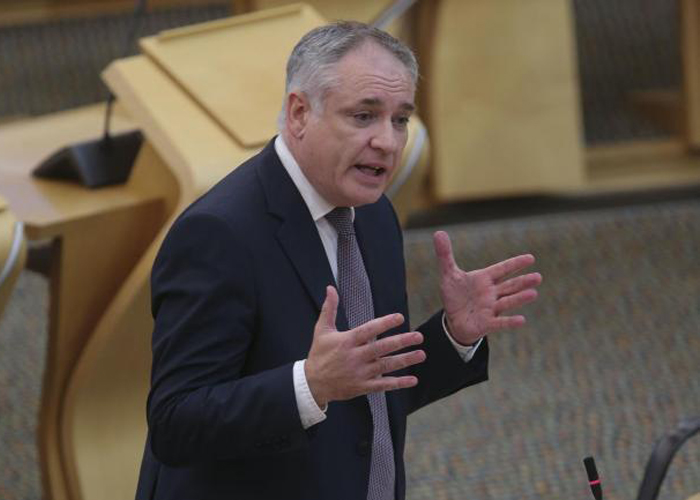FROM THE period of June to August 2022, Scotland’s estimated employment rate rose over the quarter to 75.8 per cent. This is the joint second highest employment rate in the Scottish series with Mar-May 2019 and May-Jul 2017 (all 75.8%). Scotland’s estimated unemployment rate fell over the quarter to 3.3 per cent and the estimated inactivity rate fell to 21.6 per cent over the same period.
The employment rate for women (16-64 years) in Scotland was the highest since the LFS series began in 1992 (74.9%).
Separate HMRC early estimates show 2.43 million payrolled employees in Scotland in September 2022, 41,000 more than in February 2020, prior to the pandemic.
Commenting on the publication of the latest ONS labour market statistics, Employment Minister Richard Lochhead said:
“The Scottish economy and labour market are continuing to show resilience, with the employment level the highest in the series and the rate increasing over the quarter to 75.8 per cent. Additionally, the employment rate for women in Scotland was the highest since the Labour Force Survey estimates were first published in 1992.
“This is despite the serious challenges Scotland is facing as we recover from the pandemic, the ongoing cost crisis impacting businesses and households, the continued impact of Brexit and the economic consequences of Russia’s illegal invasion of Ukraine all impacting on the economy
“The UK Government’s Brexit policies are continuing to cause labour shortages, which continue to have a negative impact on a range of sectors across Scotland.
“The UK Government holds key powers over migration, visas, VAT, National Insurance and key parts of employment law. I have been calling on the UK Government to establish a joint taskforce with devolved nations to alleviate the pressures that current labour market shortages pose.
“Despite agreeing to engage with the devolved nations on these issues in June, we have received no further response to our request for a joint taskforce. The UK Government must engage with the Scottish Government and use all available powers to address these matters.”
Commenting on the latest ONS Labour Market statistics released today, British Chamber of Commerce Head of Research, David Bharier, said:
“Once again, today’s data confirms that the UK is facing the tightest labour market in years. Our own research shows that labour shortages are holding back the ability of many businesses to service existing customers and grow.
“Despite a further decrease in the number of job vacancies to just under 1.25m, the overall level remains very high. Businesses are currently facing multiple external shocks, from global supply chain disruption, rampant inflation, and rising interest rates. Labour shortages are yet another issue weighing down on business confidence.
“While the unemployment rate of 3.5% stands at the lowest level since 1974, the increasing economic inactivity rate, now standing at 21.7%, should be a cause for concern, with long-term sickness cited by the ONS as a key driver of this. Average weekly earnings also continue to be outstripped by inflation for workers overall.
“If Government is serious about growth, it needs to get serious about jobs. There are key reforms it should adopt to help ease tightness in the labour market. These include supporting greater business investment in workforce training, adopting flexible working practices, expanding the use of apprenticeships, and a comprehensive reform of the Shortage Occupation List to allow sectors facing urgent demand for skills to get what they need.”









